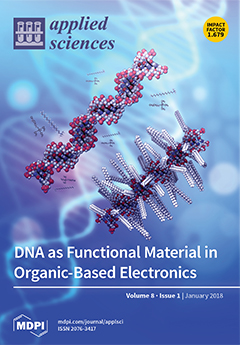1
Department of Modern Mechanical Engineering, Waseda University, 2-2 Wakamatsu-cho, Shinjuku-ku, Tokyo 162-8480, Japan
2
Waseda Institute for Advanced Study, Waseda University, No. 41-304, 17 Kikui-cho, Shinjuku-ku, Tokyo 162-0044, Japan
3
Humanoid Robotics Institute (HRI), Waseda University, 2-2 Wakamatsu-cho, Shinjuku-ku, Tokyo 162-8480, Japan
4
Graduate School of Science and Engineering, Waseda University, No. 41-304, 17 Kikui-cho, Shinjuku-ku, Tokyo 162-0044, Japan
5
ASICS Corporation, Institute of Sport Science, 6-2-1 Takatsukadai, Nishi-ku, Kobe, 651-2271, Japan
6
Faculty of Sport Sciences, Waseda University, 2-579-15 Mikajima, Tokorozawa-shi, Tokyo 359-1192, Japan
7
Faculty of Engineering, Kanagawa University, 3-27-1 Rokkakubashi, Kanagawa-ku, Yokohama 221-8686, Japan
†
These authors contributed equally to this work.





